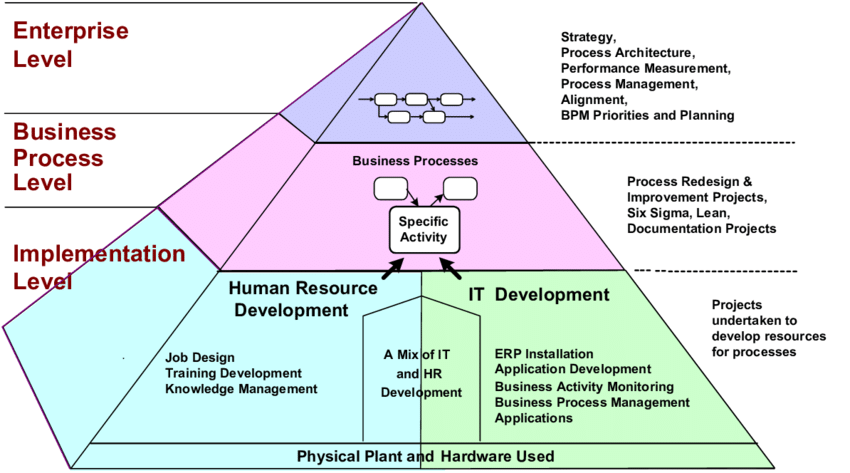Better processes start here
We're just waiting for everyone to join the call
Hi everyone, thanks for joining the call today. I know we have a hard stop at the 86-minute mark for the all-hands so let’s dive right in.
Can everyone see my screen?
So today I want to walk you through the new process for developing processes here at Big Business Daddy Corp. We have been working on this process for nearly two years and I think it should help you develop new processes with extreme efficiency.
I know many of you, especially the new hires—welcome by the way!—have been thirsty for more information on processes and how we do them here at Big Business Daddy Corp.
So if anyone wants to do some extra reading on process development, there are some great resources out there for you including The 7 Habits of Highly Effective Processes, Start With Why, End With Why Bother, and How to Win Friends and Then Lose Them Again by Implementing Yet Another Process.
But moving on, let’s open the kimono on this process development process.
The first step is probably the easiest. It involves determining whether a process is needed in the first place, and the answer to that is yes. And always.
Cold calling clients? Follow the client-engagement process, please.
Tweeting? Not without a process, you aren’t.
As a little aside, I even have a process for going to the bathroom. I’ll spare you the details but it just shows how important processes are to a smooth operation. Heck, I’d probably miss the bowl if it wasn’t for the process I have in place!
Haha.
Step two is to involve as many people as possible, so as to ensure that the loop that everyone wants to be kept in is loose and elastic enough to account for everyone. Even Carol from accounting.
And before you ask, there is a process for determining how many people need to be involved in the process. You’ll often hear it referred to as ‘PPP’ (people per process) and getting the right number is a lot like cooking rice, except instead of adding two cups of water to every cup of rice, you add five people for every decision that needs to be made.
In smaller, scrappy startups, this usually nets out with every department head and their direct reports being involved, plus the CEO, and the guy who thinks he’s the COO, but really he just played beer pong with the CEO in college.
Medium-sized companies are the same, except you triple the PPP just for fun.
And for large companies like us, the ideal PPP number is usually between 403–827 people.
Keep in mind, for decisions and processes that are more complex, like deciding on the color of the table cloth for the conference booth, you may want to blow that number out, in case Carol needs to be across it, and she always does—dammit, Carol!
Step three is to set up the kick-off call with all stakeholders.
Whatever you do, try to avoid having an agenda on this call as it stifles creativity and the brainstorming flow. Good processes are fueled by ideas, lots of meandering, baseless ideas. And make sure you schedule enough time so everyone can be heard. Otherwise, that hard-stop at the top of the hour will start looking like a soft-stop, and no-one wants that. Not even Carol.
Step four is documenting the process into a succinct, 83-slide deck. If you can, add some flair by pulling in images and icons that breach your brand guidelines. This will help your process document stand out from the rest of the internal collateral your colleagues are dispatched every day in org-wide emails. Bonus points are awarded for new and creative uses of funnels, Venn diagrams, or aerial shots of New York City.
Step five is gaining approval on the process. We need everyone’s buy-in on every process to ensure it adheres to everyone’s standards. Start with Carol, as she’s usually the most opinionated, and then work your way down. This step can usually take 3-5 months so factor that in if there are other people waiting on the output of the process you’re developing.
Step six is putting the process to work, which is actually an oxymoron because it’s best if you ignore the process in its entirety and just do it your own way. Then, when shit hits the fan, which it inevitably will, you can save face by saying there should be a process, and honorably take the lead on establishing the process.
Funnily enough, that’s how I came to be in this position today. Weird, huh?
Any questions?
Help others enjoy a serving of Thought Dumplings by liking and sharing this post.
If someone forwarded you this email, you can subscribe here to receive a Thought Dumpling every two weeks.
*chef’s kiss*
Allan




"Tweeting? Not without a process, you aren’t"
TBH I've seen a ton of processless tweets